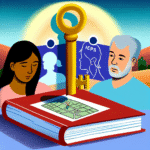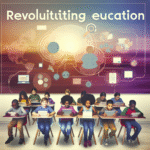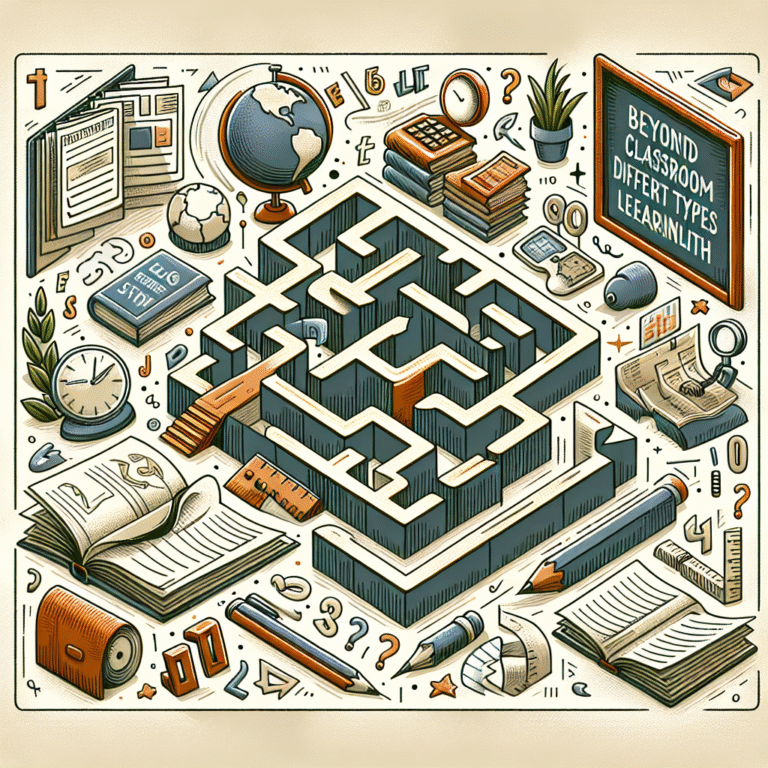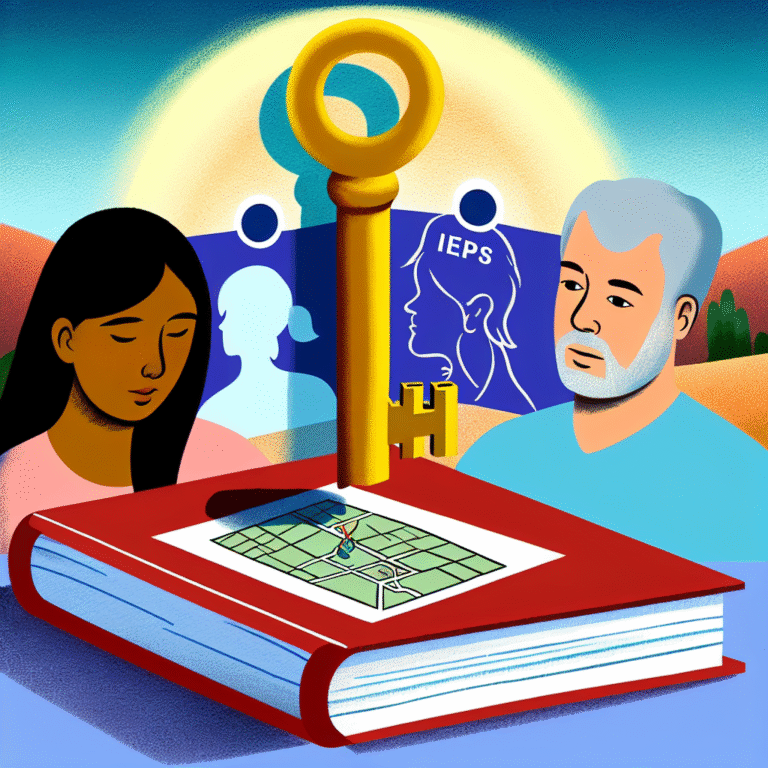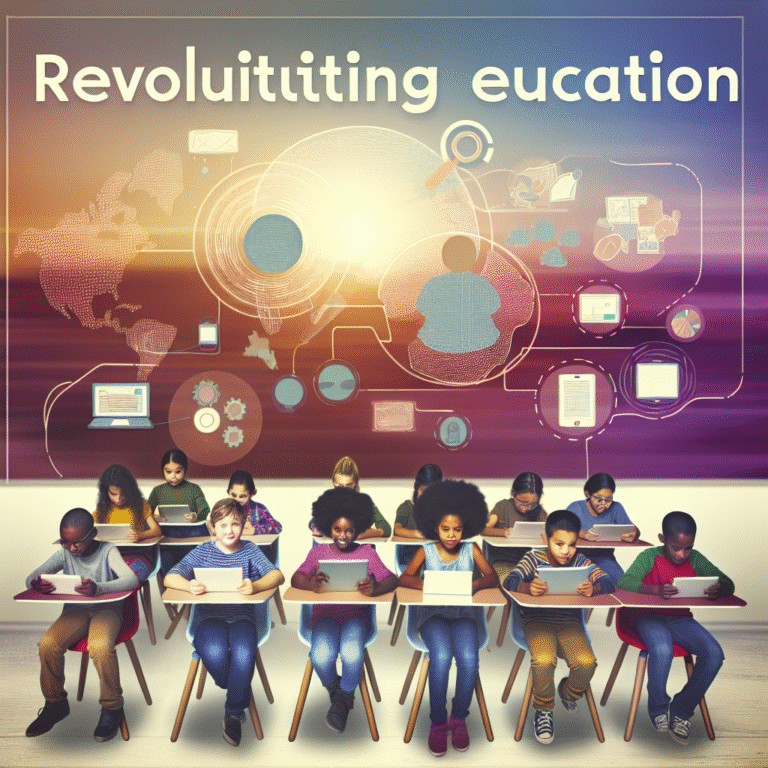
The Hidden Battles: How Learning Disabilities Impact Self-Image and Confidence
Introduction
Every day, millions of individuals face frustrations that often go unseen, hidden beneath the surface of learning disabilities. While academic struggles are readily apparent, the psychological effects can be far more insidious. The Hidden Battles: How Learning Disabilities Impact Self-Image and Confidence is a critical exploration of these struggles, revealing how cognitive challenges can shape perceptions of self-worth and confidence.
Imagine being a bright, creative child in a classroom, yet feeling isolated from peers due to an inability to keep pace with reading or math. The disconnect between internal potential and external realities can create a battleground in a young person’s psyche. This article dives deep into these hidden battles, articulating the profound impact learning disabilities have on an individual’s self-image and confidence, while also outlining pathways toward resilience and empowerment.
The Weight of the Unseen
Understanding Learning Disabilities
Learning disabilities encompass a range of conditions that affect how individuals process, absorb, and communicate information. Common types include dyslexia, dyscalculia, and attention-deficit/hyperactivity disorder (ADHD). Each condition presents unique challenges, contributing to an array of emotional and psychological responses.
Statistics that Matter
| Type of Learning Disability | Prevalence Rate |
|---|---|
| Dyslexia | 5-10% |
| Dyscalculia | 3-7% |
| ADHD | 5-10% |
Understanding these statistics is critical. They highlight that learning disabilities are common, yet the individual experience can feel isolating, underscoring the importance of addressing the emotional fallout.
Case Study: Megan, The Silent Struggler
Megan, a 10-year-old with dyslexia, exemplifies the hidden battles faced daily. Despite being articulate and imaginative, she frequently struggles to read aloud. This struggle leads to a stammering confidence in classroom settings and a growing sense of shame. Megan’s self-image suffers, impacting her willingness to participate in discussions or share her creative ideas.
Analysis
Megan’s case illustrates how learning disabilities do not merely hinder academic performance—they create a cycle of self-doubt. The longer these struggles persist without acknowledgment or support, the deeper the erosion of confidence becomes.
The Cascade of Emotional Consequences
Self-Image and Identity Formation
The impact of learning disabilities on self-image often begins in childhood and can persist into adulthood. Individuals may internalize failure, leading to negative self-perceptions. The phrase “I am not smart enough” can take root, stymying personal growth. The Hidden Battles: How Learning Disabilities Impact Self-Image and Confidence can pave the way for distorted self-views.
Case Study: Jake, The High Achiever
Jake was diagnosed with ADHD at a young age. While he excelled in many areas, he frequently missed deadlines due to poor time management and struggled with organization. As a result, his self-image deteriorated. Despite receiving praise for his intelligence, Jake felt like a failure because of his inability to maintain consistent work quality.
Analysis
Jake’s story highlights another aspect of the hidden battles: the dichotomy between potential and perceived achievement. External validation can become meaningless when internal struggles dominate one’s self-image.
Emotional Impact: Anxiety and Depression
The weight of being perceived as "different" can lead to anxiety, depression, and even social withdrawal. According to research, children with learning disabilities are more likely to experience mental health issues, amplifying the hidden battles they face.
The Ripple Effect on Relationships
Peer Interaction and Friendship Dynamics
The challenges faced by individuals with learning disabilities can spill over into their social interactions. Feelings of inadequacy or fear of judgment can create barriers to forming friendships. Over time, these barriers build walls that isolate individuals further, deepening their struggles with self-image and confidence.
Case Study: Sarah, The Isolated Student
Sarah, a high school student with dyscalculia, often felt embarrassed when her peers discussed math-related topics. Not wanting to reveal her struggles, she avoided engaging in group activities and study sessions. As her isolation grew, so did her feelings of worthlessness, leading to an ever-widening chasm in her self-image.
Analysis
Sarah’s experience demonstrates that the hidden battles extend beyond academics; they also influence social dynamics, reinforcing the need for supportive environments that foster inclusivity.
Empowerment Through Understanding and Support
The Role of Educators
Educators are crucial in mitigating the negative effects of learning disabilities on self-image and confidence. By adopting a more understanding and supportive approach, teachers can validate students’ experiences, helping them navigate their hidden battles.
Strategies for Building Confidence
Encouraging Growth Mindset: Promote the idea that abilities can improve with effort. This mindset shift can help reduce feelings of inadequacy.
Celebrating Small Wins: Recognizing progress, no matter how minor, boosts self-esteem and provides motivation.
- Fostering Peer Support Groups: Creating safe spaces for students to share their experiences with learning disabilities encourages solidarity and diminishes feelings of isolation.
The Importance of Parental Support
Parents can also play an instrumental role in fostering confidence. Open communication about learning disabilities and consistent encouragement can establish a strong foundation for self-acceptance.
Case Study: Tom, The Supported Learner
Tom’s parents sought educational support when they learned about his dyslexia. They worked together with teachers to create an Individualized Education Plan (IEP) that addressed his unique learning needs. Their consistent encouragement led Tom to embrace his strengths, enabling him to become a confident public speaker.
Analysis
Tom’s success underscores the transformative power of supportive relationships. This change illustrates the interplay between understanding learning disabilities and fostering a positive self-image.
Strategies for Building Resilience
Developing Coping Mechanisms
Resilience is key in managing the emotional impact of learning disabilities. Coping strategies such as mindfulness, therapy, and journaling can help individuals process their feelings and build a more accurate self-view.
Mindfulness Practices: Mindfulness techniques can improve focus and reduce anxiety, supporting individuals in navigating their hidden battles.
Therapeutic Interventions: Engaging with mental health professionals can help individuals understand and work through their feelings about learning disabilities.
- Journaling: Writing about one’s experiences can clarify thoughts and feelings, creating a pathway to greater self-acceptance.
Building a Positive Self-Image
Emphasizing positive attributes can counteract negative self-perceptions. Self-affirmations and engaging in activities that showcase strengths (e.g., art, sports) can contribute to a healthier self-image.
Case Study: Emma, The Creative Thinker
Emma, who has ADHD, discovered her passion for art as a form of expression. By focusing on her artistic abilities, she began to view her learning challenges in a different light, fostering a positive self-image and confidence.
Analysis
Fostering creativity can be transformative. Emma’s journey serves as a reminder that focusing on personal strengths can create a positive shift in self-perception.
Conclusion
The Hidden Battles: How Learning Disabilities Impact Self-Image and Confidence is a journey into the depths of personal struggles that deserve acknowledgment and understanding. By recognizing the profound effects of learning disabilities on self-image and confidence, we empower individuals to reclaim their narratives and foster resilience.
The efforts of educators, parents, and society at large are crucial in transforming these hidden battles into stories of success and self-acceptance. There is value in understanding that these challenges, while daunting, can also illuminate paths toward growth. By actively engaging with this topic, we can cultivate a world where confidence flourishes and hidden battles are brought to light, transforming adversity into strength.
FAQs
1. What are common types of learning disabilities?
Common learning disabilities include dyslexia (reading difficulties), dyscalculia (math difficulties), and ADHD (attention-related issues).
2. How do learning disabilities affect self-image?
Individuals with learning disabilities often experience feelings of inadequacy, leading to negative self-perceptions and lower confidence levels.
3. What strategies can schools implement to support students with learning disabilities?
Schools can adopt inclusive teaching practices, offer personalized support through IEPs, create supportive peer networks, and encourage a growth mindset.
4. How can parents help children with learning disabilities develop confidence?
Parents can provide emotional support, celebrate successes, and engage with educators to ensure their child’s unique needs are met.
5. What are some coping mechanisms for individuals facing these hidden battles?
Effective coping mechanisms include mindfulness practices, engaging in therapeutic interventions, journaling, and focusing on personal strengths through creative outlets.
By shedding light on these hidden battles, we can foster a community of support and understanding, helping individuals with learning disabilities navigate their journeys toward self-acceptance and confidence.

